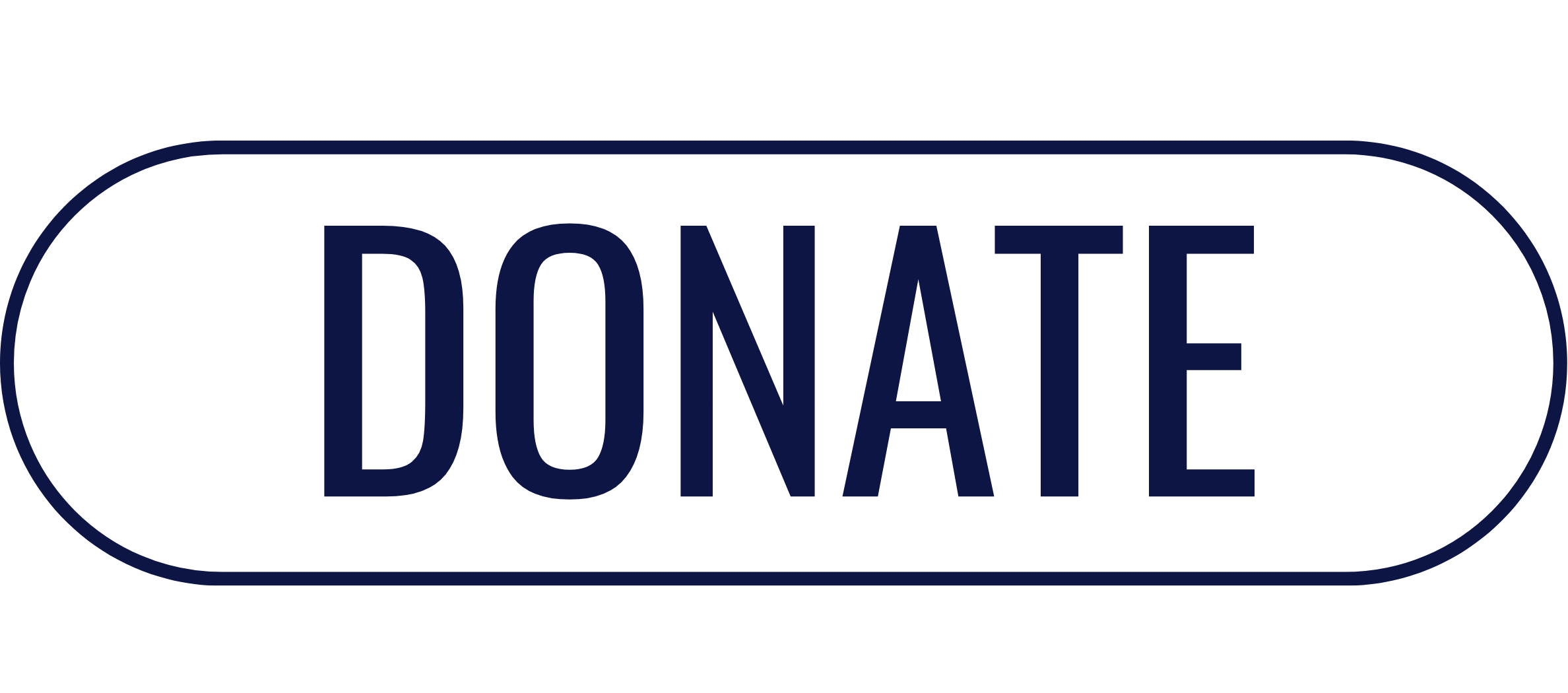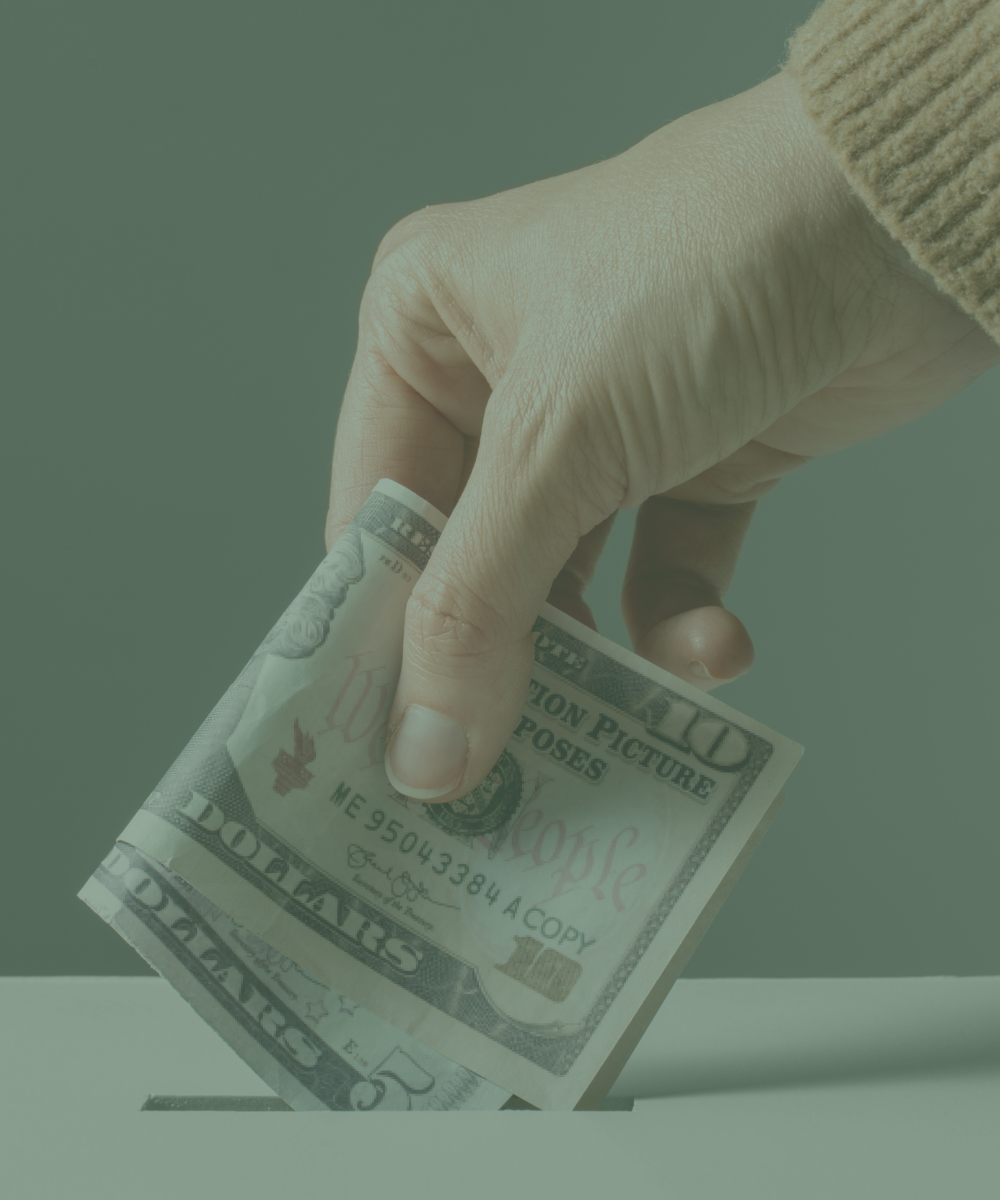In an effort to bring real relief to taxpayers during the Special Sessions, Gov. Abbott called for “Legislation reducing the property tax burden,” and legislation “imposing spending limits on entities authorized to impose property taxes,” another key piece in the property tax relief puzzle.
Enter Senate Bill 10 (SB 10), a measure attempting to reign in automatic property tax increases. Authored by Sen. Paul Bettencourt (R-Houston), the bill aimed to reduce the voter-approval tax rate multiplier from 3.5% to 2.5% for large taxing units, forcing local entities to seek voter permission for larger hikes. Unfortunately, as TFR pointed out previously, this legislation is only a small, incremental step in the right direction, only slowing the tax growth for some Texans.
But as with many well-intentioned reforms, the devil is in the details, or in this case, the amendments. State Rep. Jared Patterson’s (R-Frisco) amendment, adopted by the House, masquerades as a tougher cap by dropping the multiplier to 1%, but it carves out a massive loophole for public safety expenditures, which sounds good, but it effectively guts the bill’s potential for even the slightest taxpayer protection – a potential Trojan horse that empowers bigger budgets and diminishes voter oversight.
The Crushing Weight of Texas Property Taxes
To understand the stakes, we must first grasp the broader crisis. Texas ranks among the highest in the nation for property tax burdens, ranking 6th highest among all 50 States. This isn’t just a statistic; it’s a reality for millions of Texans facing annual bills that outpace inflation and wage growth. Local governments, including cities, counties, and school districts, rely heavily on these taxes to fund operations, often expanding bureaucracies without sufficient accountability. The “no-new-revenue” tax rate, a benchmark designed to maintain revenue neutrality on existing properties, has been undermined by appraisal creep and spending sprees.
Historically, Texas has attempted reforms, such as the 2019 Senate Bill 2, which lowered the voter-approval threshold from 8% to 3.5% for larger entities, requiring elections for increases beyond that. Yet, property taxes continue to climb, fueled by government appetites for more revenue. True limited government means capping automatic increases, forcing officials to justify every penny through voter approval. Without such checks, local entities treat taxpayers like an endless ATM, prioritizing pet projects over essential services.
Texans for Fiscal Responsibility has long warned that unless the Legislature imposes strict local spending limits and voter control over all property tax increases, relief efforts passed by the Legislature will continue to be undermined. We’ve seen this repeatedly since the 2019 property tax reforms, as property tax levies continue to skyrocket, increasing by over 37%, or nearly $24 billion, in just the last few years.
SB 10: A Small Step Toward Taxpayer Empowerment
SB 10, in its original Senate form, represented an incremental advancement: by reducing the multiplier for large cities and counties. SB 10 was crafted to address ongoing complaints about property tax escalation. It targeted general taxing units, excluding special taxing units (which retain an 8% cap) and smaller locales. The bill amends the Tax Code, replacing the 1.035 multiplier with 1.025 in key formulas. This change would lower the threshold for triggering automatic elections in these larger jurisdictions, making it harder for some local governments to raise rates without public input.
The Senate passed SB 10 on August 19, 2025, with a 19-11 vote.
The Patterson Amendment: A Loophole Masquerading as Tougher Reform
Enter the House floor, where Rep. Patterson introduced Amendment 3 to SB 10, adopted on August 25. On the surface, it appears pro-taxpayer: it strikes “1.025” and inserts “1.01” throughout the bill, slashing the allowable automatic increase to just 1%. Patterson himself touted this as delivering “even greater property tax relief,” ensuring voter approval for increases over 1%. But the amendment’s true impact lies in its addition of Section 26.0445 to the Tax Code: a “tax rate adjustment for public safety expenditures.”
This provision defines “public safety expenditures” broadly, including costs for equipping, training, housing, supervising, compensating, or benefiting firefighters, law enforcement, jail staff, and emergency medical personnel. If these costs exceed the prior year’s, the no-new-revenue M&O rate is inflated by the difference. This adjustment is added before applying the 1.01 multiplier, effectively exempting public safety spending increases from the cap.
Public safety often comprises the largest portion of local M&O budgets, sometimes upwards of 50%-70%. Annual rises of 5-10% due to salaries, equipment, or mandates are not uncommon. By baking these into the baseline, the amendment allows automatic tax hikes without voter approval, undermining the bill’s intent. Taxing units must disclose the increase in notices, but no election is required.
The amendment lowers the cap but “excludes expenditures related to public safety,” ostensibly to protect essential services. But from a limited-government view, there is a major problem: these exemptions leave taxpayers to foot unchecked bills.
How the Amendment Guts SB 10
The amendment’s loophole is subtle but important. By inflating the no-new-revenue M&O rate with public safety increases, it permits effective tax hikes far exceeding 1% without oversight.
Let’s consider a hypothetical: A city with a $0.50 no-new-revenue M&O rate per $100 of value (assuming a $20 billion taxable base) and $60 million in public safety spending out of $100 million total M&O. Without the Patterson amendment, the voter-approval calculation would look like this: ($0.50 × 1.025) + debt/etc. ≈ $0.5125 + debt/etc. (2.5% max increase).
But with the Patterson amendment, if public safety costs rise 10% to $66 million, the adjustment adds $0.03, bumping the baseline to $0.53. The voter-approval rate becomes ($0.53 × 1.01) + debt/etc. ≈ $0.5353, a ~7% effective increase, all automatic without voter approval.
Without the carve-out, such growth would trigger elections. Instead, governments can classify more spending as “public safety” (something broadly defined and without safeguards to prevent abuse) to bypass caps, and also incentivizing bloat. Non-safety areas (parks, administration, etc.) remain capped, but overall taxes rise as budgets increase or shift, eroding fiscal discipline.
Essentially, what was originally a tiny improvement has become “relief in name only.”
The House passed the amended bill. As of August 27, 2025, SB 10 is in conference committee to reconcile Senate and House versions.
Broader Implications: Encouraging Big Government
This isn’t isolated. Texas’s property tax system, reliant on local levies, breeds overreach without strong caps. The amendment sets a dangerous precedent: exempting “essentials” like safety opens doors for more carve-outs.
Governments could potentially reclassify expenses, evading accountability and growing unchecked—contrary to conservative principles of limited and transparent government.
A Call to Action: Demand Real Relief
As SB 10 heads to conference, Texans must have real relief, not feel-good bills that accomplish little to nothing. True relief means limiting government: Voter approval for any tax increase (a 0% tax rate multiplier) and spending-increase caps on all taxing entities. Not loopholes that perpetuate the status quo.
The Patterson amendment transforms SB 10 from what was a small step in the right direction into a hollow gesture.
To be clear, public safety is a core function of government and should be a top priority to keep our communities safe. But that’s the key: local governments should be prioritizing public safety in their budgets, not using that core function as cover to raise property tax revenue elsewhere.
Texas deserves better: real reform that puts families, safety and taxpayers first.
Texans for Fiscal Responsibility relies on the support of private donors across the Lone Star State in order to promote fiscal responsibility and pro-taxpayer government in Texas. Please consider supporting our efforts! Thank you!
Get The Fiscal Note, our free weekly roll-up on all the current events that could impact your wallet. Subscribe today!




